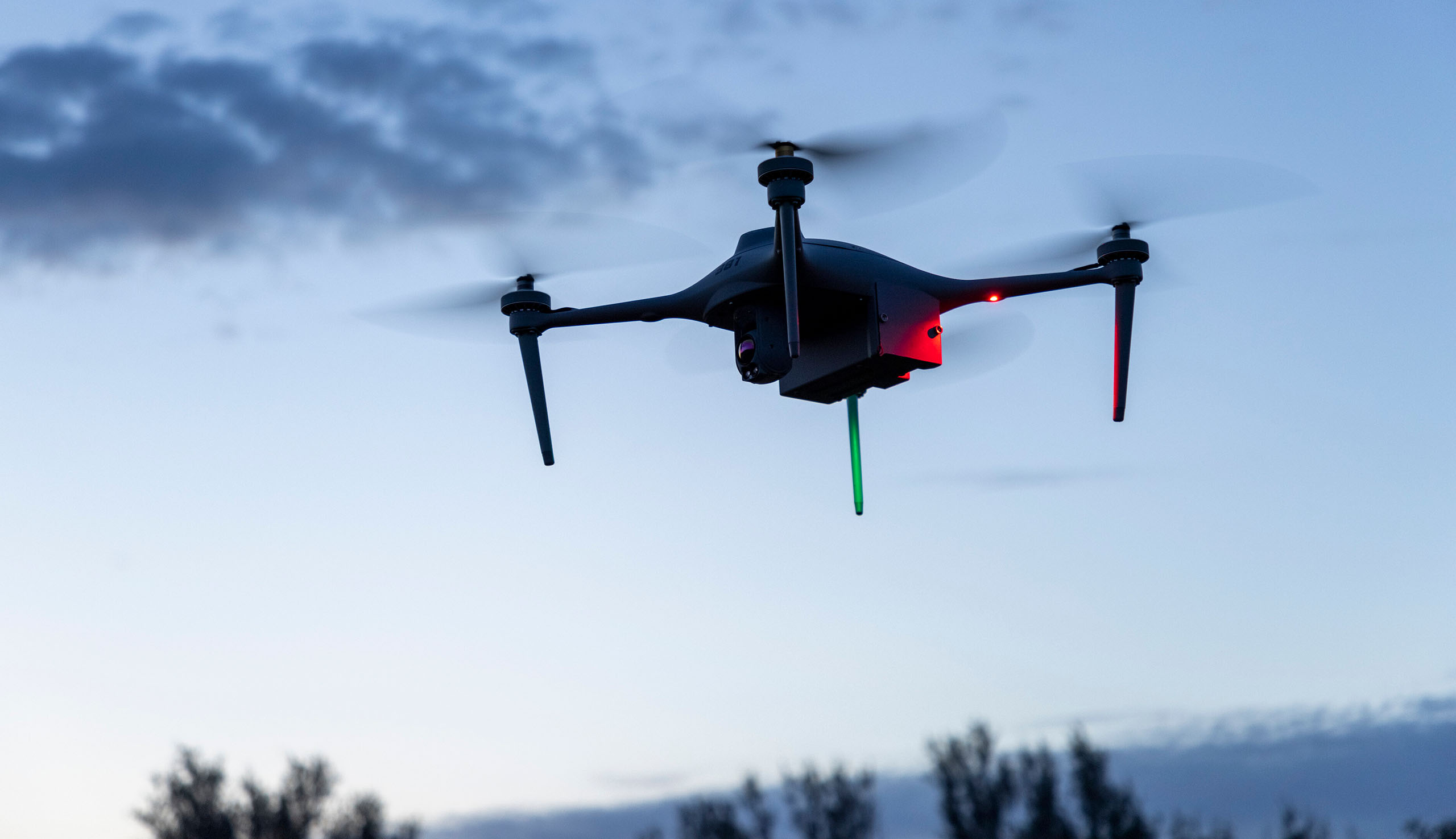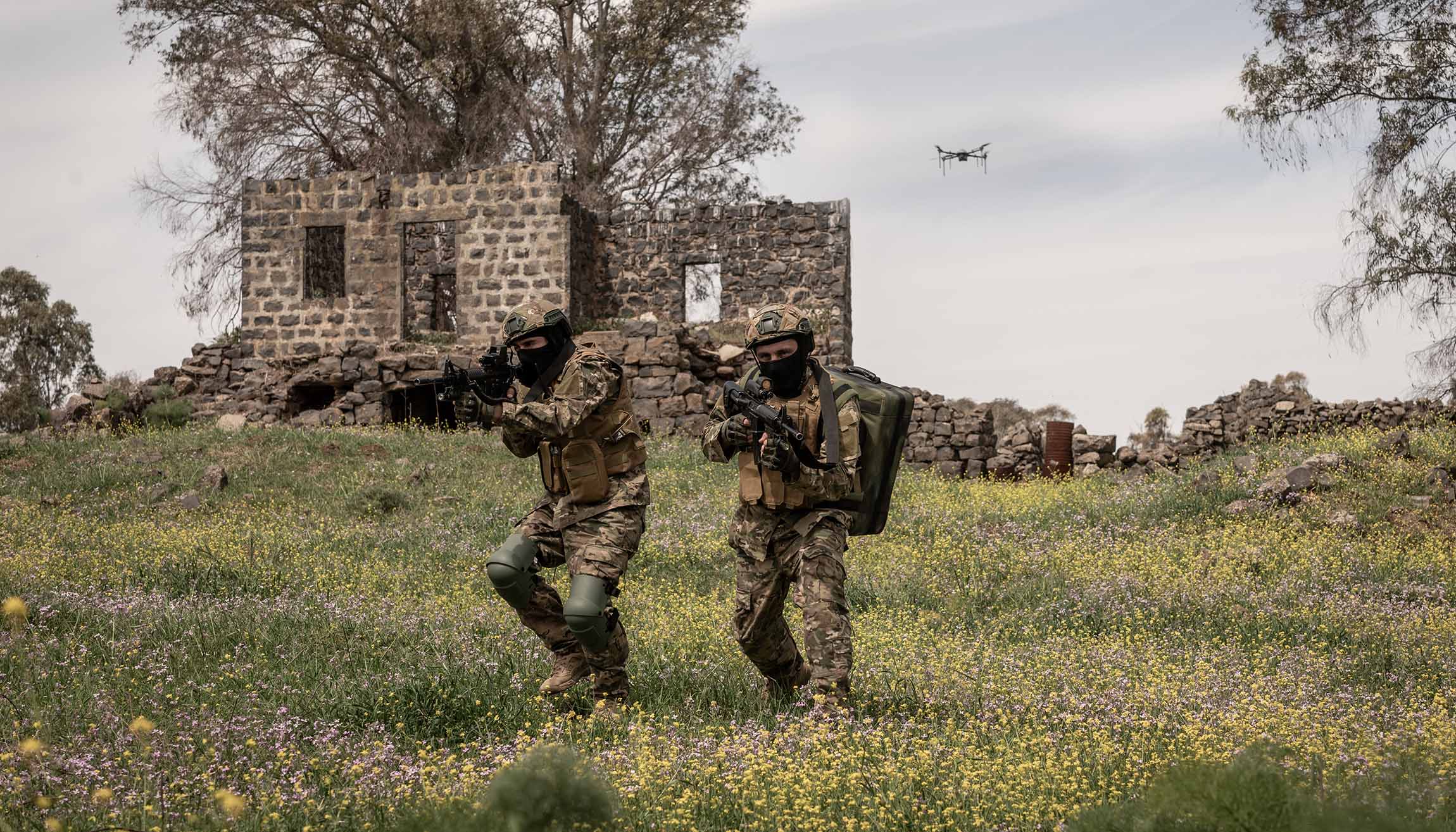Operating a military drone in cold, wintry conditions is no routine task. Snow, moisture, and sudden gusts of wind aren’t just environmental challenges — they’re mission risks. Cold weather operations push your MAV to its limits and demand a deep understanding of how temperature, terrain, and technology interact in real time.

Winter Weather: The Unseen Battlefield
Mountains, valleys, and shifting air currents can throw even the most experienced operator off balance. Local weather may look stable, but long-distance drone missions often cross into microclimates with very different conditions. Strong winds can affect flight path, battery consumption, and return-home estimates – all of which must be accounted for during mission planning..
Waterproofing and Weather Resistance
When moisture gets into the wrong component – motors, PDB, or ESCs – crashes can happen fast. Waterproofing a quadcopter can add protection, but it’s not without trade-offs: extra insulation can trap heat, increase weight, and strain the power system. Designing for cold-weather resilience means balancing durability with energy efficiency.
Battery Health in the Cold
Low temperatures reduce chemical activity inside drone batteries, lowering available capacity and cutting flight times. That’s why cold-weather drone pilots need to be extra cautious during takeoff. Warming up in hover mode before pushing throttle, or monitoring battery temp mid-flight, can prevent unexpected cutoffs and extend mission duration.
Challenging the Signal
In wintry weather, you’re not just fighting the elements – you’re flying through them. Clouds, fog, and humidity can attenuate RF signals and reduce video clarity, making real-time decision-making more difficult. Moisture in the air also raises the risk of short circuits, especially during high-altitude or extended missions.
Why Sentinel Drones Are Built for the Cold
At AeroSentinel, we’ve engineered the Sentinel drone family with extreme conditions in mind. Features like real-time wind monitoring and our proprietary Bingo Time system – which translates voltage data into an intuitive time-left-in-air estimate – help pilots stay focused on their objectives, not just their power levels.
Conclusion
Flying drones in wintry conditions requires more than just hardware — it demands a different mindset. Success lies in careful planning, environmental awareness, and using the right tools to adapt on the fly. With the right drone and the right strategy, even the harshest weather becomes mission-ready.






